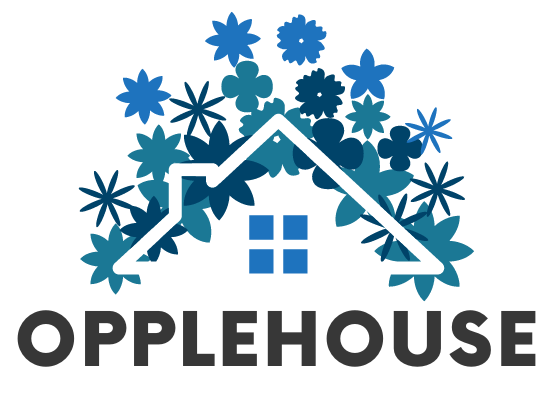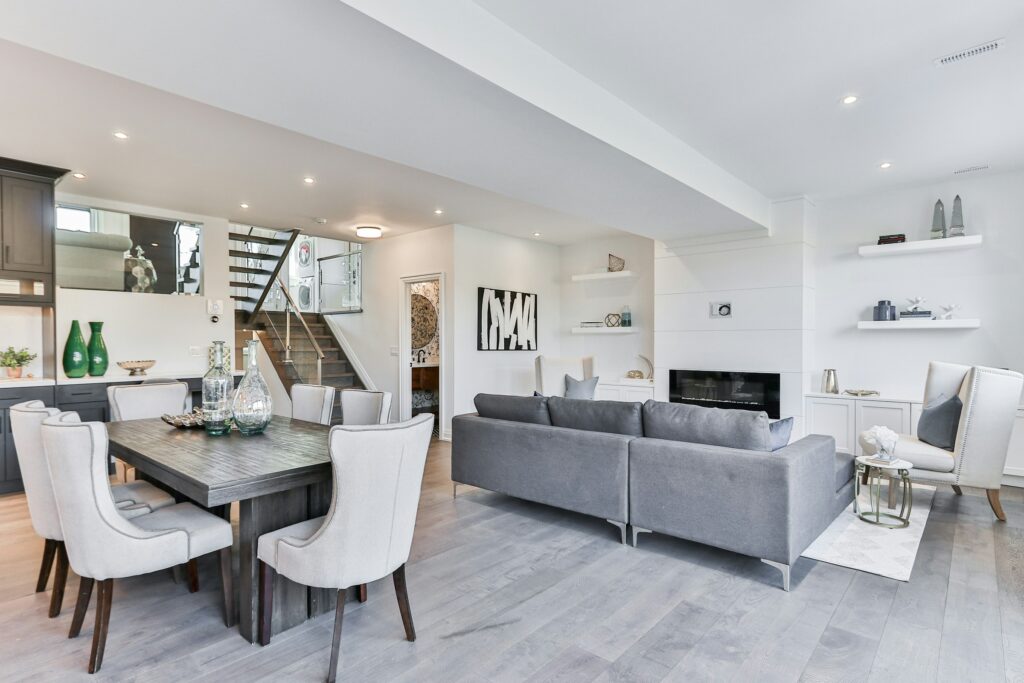When people think about real estate, the conversation usually revolves around price, location, square footage, and amenities. Very rarely does it include something as vital as first aid readiness. Yet, as homes become smarter and more functional, the idea of incorporating basic safety and emergency preparedness into property discussions is no longer just thoughtful—it’s essential.
This blog explores why first aid should be part of the real estate conversation, how homeowners and agents can integrate it, and why it can be a powerful value-add in today’s housing market.
The Silent Risk in Modern Homes
Modern homes are designed for comfort, convenience, and aesthetics. Open kitchens, spacious living rooms, and minimalist interiors have become the norm. But in the pursuit of visual appeal, there’s one silent aspect often overlooked: safety preparedness.
Injury-related incidents at home are surprisingly common. According to the Red Cross, a majority of first-aid emergencies happen not on the road or at work, but right inside the home. Whether it’s a minor cut while preparing dinner, a burn from hot water, or a child’s fall from a staircase, these everyday accidents can escalate quickly if not treated immediately. And yet, many households don’t have even a basic first aid kit within reach.
A New Perspective for Homebuyers and Sellers
Imagine walking into a home showing where the real estate agent doesn’t just talk about granite countertops and school districts, but also highlights where the first aid kit is mounted, how many smoke alarms are installed, or where emergency shut-off valves are located.
In today’s competitive housing market, small yet meaningful touches like these can set a property apart. Safety isn’t just a checklist item—it’s an emotional selling point. Families with young children, elderly residents, or individuals with health conditions are likely to value this extra layer of security.
From the seller’s perspective, it requires minimal effort to include a visible, well-stocked first aid kit in key areas of the home. From the buyer’s point of view, it shows care, responsibility, and attention to detail.
First Aid as a Lifestyle Feature
The idea of first aid being part of the “lifestyle” a home offers may sound strange at first. But think of how the real estate industry has evolved over the years.Also, choose a good online first aid course to learn this skills.
Similarly, as people become more health-conscious and safety-aware, they’re looking for homes that support not just their lifestyle, but their well-being.
For example, a home with first aid features built into its design—such as accessible emergency kits, childproof storage for medications, or backup power for medical equipment—can become highly attractive, especially in regions prone to natural disasters or power outages.
Why Real Estate Agents Should Care
For real estate agents, adding first aid preparedness into the service offering can be a differentiator. It’s not about becoming a safety expert; it’s about providing thoughtful insights that resonate with buyers on a deeper level.
A simple gesture like gifting a professional-grade first aid kit at closing not only builds goodwill but can leave a lasting impression. Agents can also create printable checklists or digital guides for new homeowners on where to place emergency kits, what essentials to include, and how to create basic response plans.
In a market where trust and relationship-building are everything, these small but sincere actions can make a big difference.
Builders and Investors: Safety Adds Value
Property developers and real estate investors often look for upgrades that can increase a home’s perceived value—modular kitchens, smart lighting, or solar panels. But safety features, including first aid considerations, are often skipped over, not because they’re unimportant, but because they’re invisible until they’re needed.
For those developing rental properties or flipping homes for resale, including basic safety items (like a mounted first aid kit, fire extinguishers, and clear emergency instructions) can help justify a slightly higher asking price. More importantly, it positions the property as thoughtfully designed—something tenants and buyers increasingly notice and appreciate.
The Role of First Aid in Short-Term Rentals
With the explosion of short-term rental platforms like Airbnb, first aid readiness has become a basic expectation rather than a luxury. Travelers assume that their temporary lodging is not only clean and comfortable, but also equipped to handle minor medical emergencies.
Hosts who overlook this can risk poor reviews or even liability issues. On the flip side, those who include a labeled, fully stocked first aid kit—and mention it in their listing—earn more trust, better ratings, and potentially more bookings.
It’s a tiny cost for a huge return.
Safety as a Selling Point, Not a Scare Tactic
One might argue that talking about accidents and emergencies during a home showing could make buyers nervous. But it’s all about the tone. Framing it as a feature—not a flaw—makes all the difference.
Instead of saying, “Here’s the first aid kit in case something bad happens,” an agent could say, “We believe homes should be as safe as they are stylish, so we’ve included thoughtful touches like this ready-to-use kit for everyday peace of mind.”
The narrative changes from fear to responsibility—and buyers appreciate that.
Final Thoughts: Building Homes That Care
As our understanding of what makes a home truly livable continues to evolve, we must begin to think beyond decor and design. Safety, especially first aid readiness, is no longer optional. It’s part of a modern, human-centered approach to real estate.
Whether you’re a buyer, seller, agent, or developer, embracing this perspective isn’t just good ethics—it’s good business. The homes of tomorrow will be smart, sustainable, and yes—safe.
Because at the end of the day, real estate isn’t just about location, layout, or luxury.

